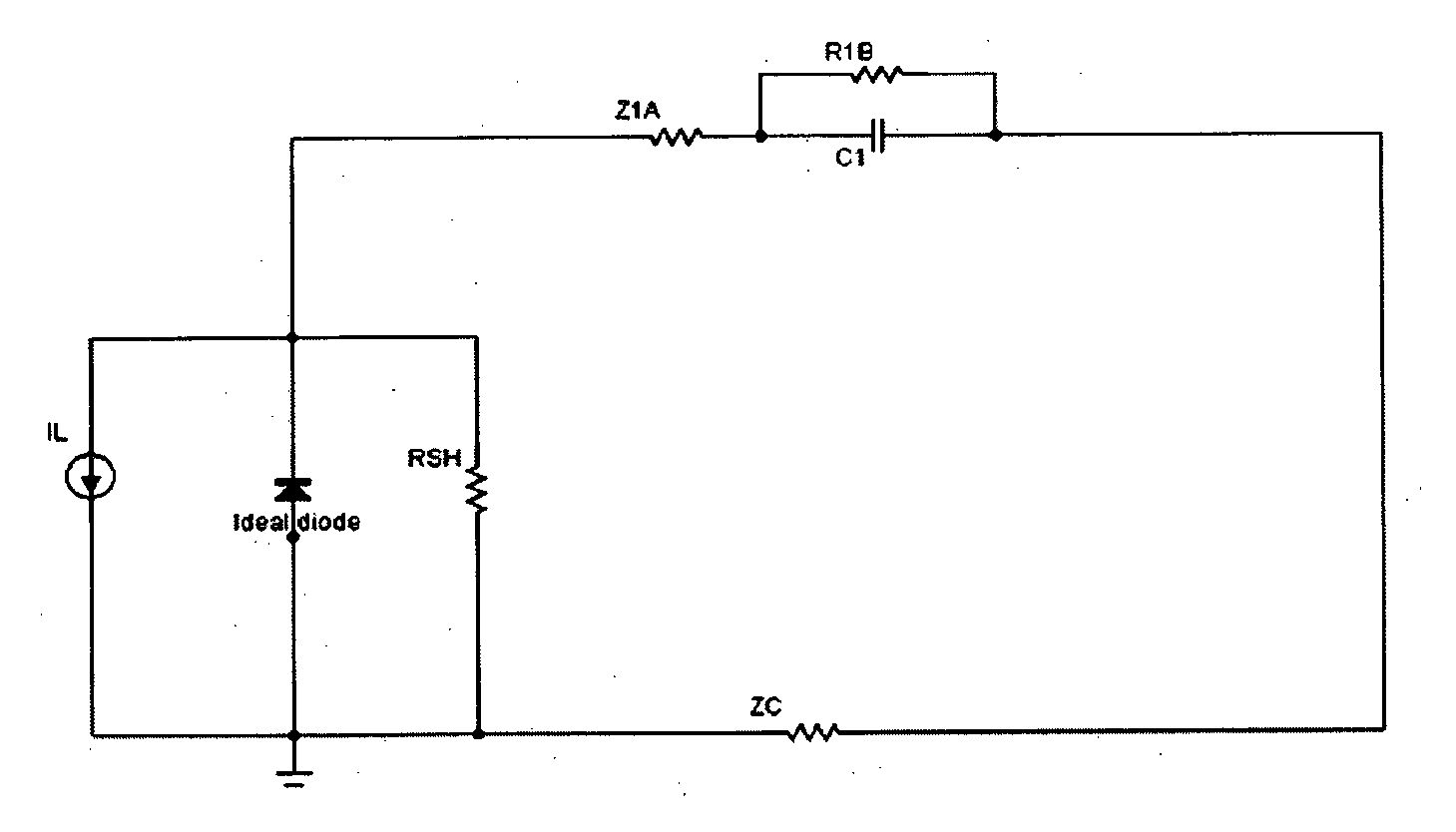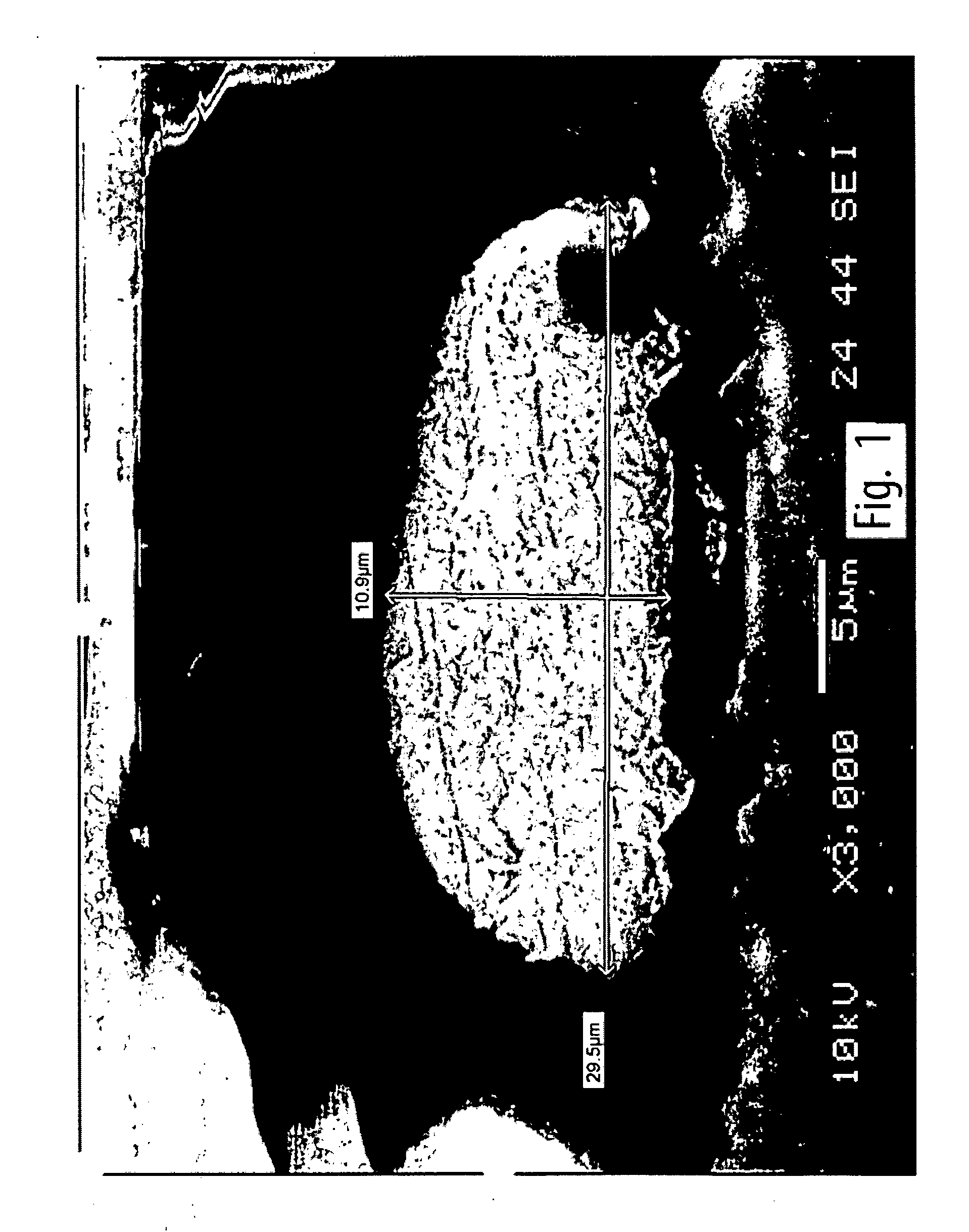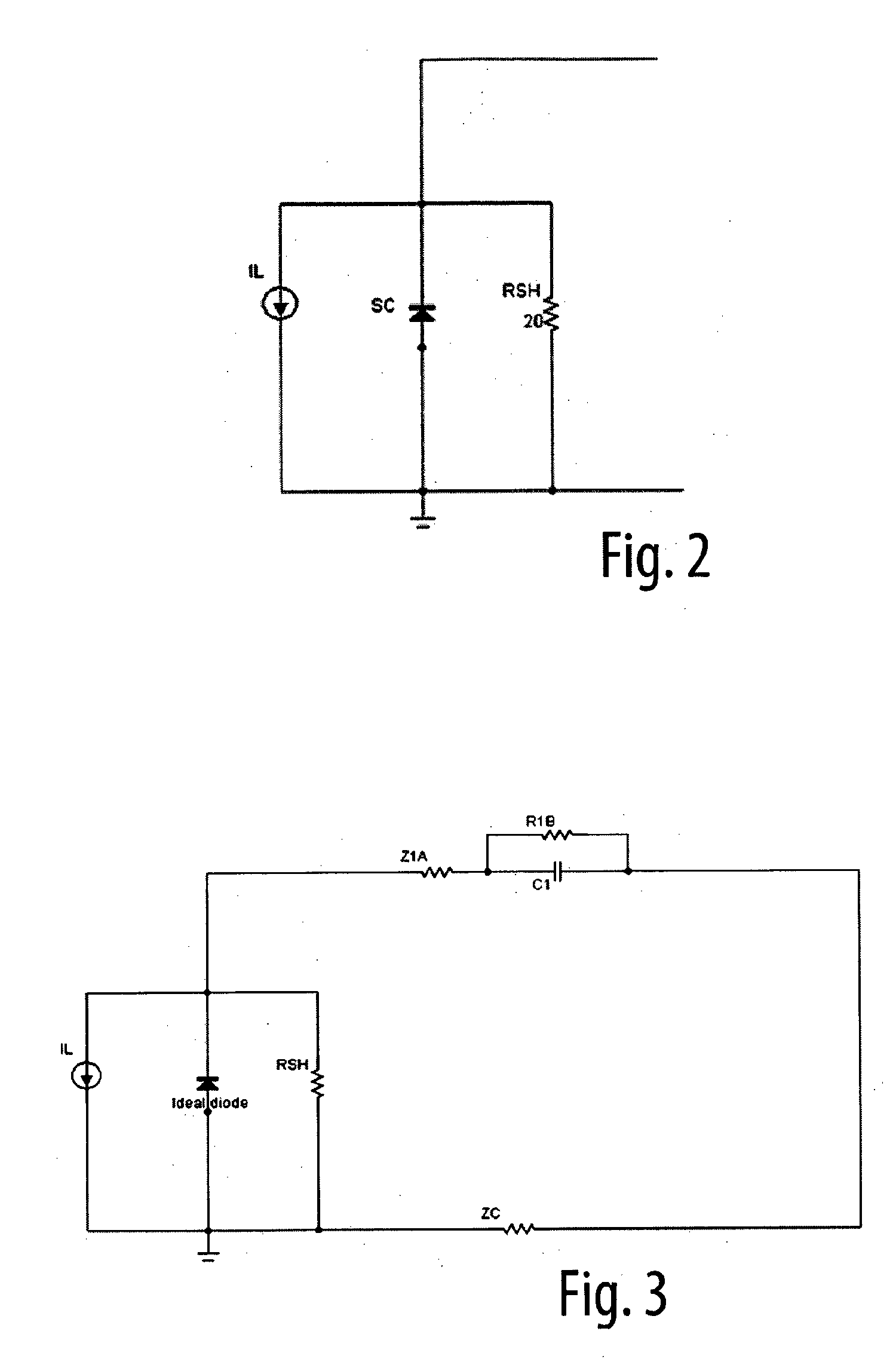Photoplating of metal electrodes for solar cells
a metal electrode and solar cell technology, applied in the direction of electrolysis process, semiconductor devices, electrolysis components, etc., can solve the problems of poor adhesion and contact resistance between the plated metal and the semiconductor surface, the difficulty of plating to nucleate at other locations of the semiconductor surface, and the polarity of silicon being plated with the same metal type. , to achieve the effect of illuminating the photovoltaic devi
- Summary
- Abstract
- Description
- Claims
- Application Information
AI Technical Summary
Benefits of technology
Problems solved by technology
Method used
Image
Examples
Embodiment Construction
[0032]New approaches for the plating of contacts on solar cells are described herein based on light induced plating (LIP) methods which ameliorate some or all of the difficulties experienced with prior methods. Excellent adhesion may be obtained between the plated metal and the semiconductor surface while high aspect ratios for the metallisation may also be achieved through producing average plating rates in the direction perpendicular to the semiconductor surface that may be up to four times greater than the plating rates parallel to the surface that cause widening of the lines. These approaches may also allow different metals to be used on contacts to different polarity semiconductors while simultaneously avoiding corrosion of either metal contact during the plating process. It is also possible with these approaches to avoid the need for external power sources or any external electrodes to contact the solar cell.
[0033]To understand the LIP process, the following example uses a cop...
PUM
 Login to View More
Login to View More Abstract
Description
Claims
Application Information
 Login to View More
Login to View More - R&D
- Intellectual Property
- Life Sciences
- Materials
- Tech Scout
- Unparalleled Data Quality
- Higher Quality Content
- 60% Fewer Hallucinations
Browse by: Latest US Patents, China's latest patents, Technical Efficacy Thesaurus, Application Domain, Technology Topic, Popular Technical Reports.
© 2025 PatSnap. All rights reserved.Legal|Privacy policy|Modern Slavery Act Transparency Statement|Sitemap|About US| Contact US: help@patsnap.com



